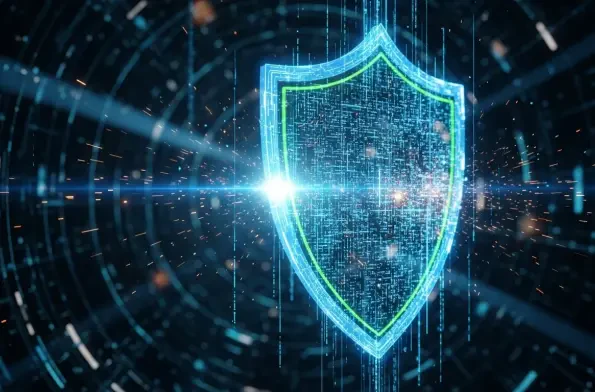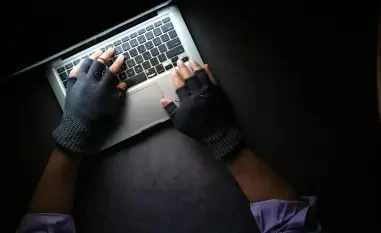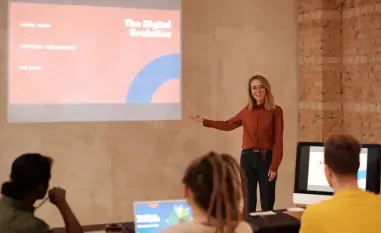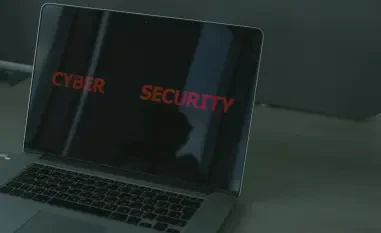In this engaging interview, we sit down with Malik Haidar, a renowned cybersecurity expert with a wealth of experience safeguarding multinational corporations from digital threats. With a deep background in analytics, intelligence, and security, Malik has a unique ability to blend business perspectives with cutting-edge cybersecurity strategies. Today, we explore his journey, the evolving landscape of cyber threats, and his insights on tools, trends, and resources that shape the industry. From personal inspirations to future threat vectors, Malik shares his expertise on staying ahead in a constantly shifting digital battlefield.
How did your passion for cybersecurity develop, and what pivotal moments shaped your career path?
My interest in cybersecurity sparked during the early days of the internet boom when I was working in IT. I was fascinated by how quickly technology was advancing, but also alarmed by the vulnerabilities that came with it. A defining moment was early in my career when I witnessed a major data breach at a company I worked with—it was a wake-up call about the real-world impact of cyber threats. That experience pushed me to dive deeper into security research and analytics, eventually leading me to roles where I could protect organizations on a global scale. Over the years, I’ve seen the field evolve from basic firewalls to complex, intelligence-driven strategies, and each challenge has shaped my approach to integrating security with business needs.
What have been some of the most significant changes you’ve observed in the cybersecurity landscape over the years?
The biggest shift I’ve seen is the sophistication of attackers. Early on, we dealt with script kiddies and basic malware, but now we’re up against organized cybercrime groups and nation-state actors who operate like businesses themselves. Another major change is the move from perimeter defense to zero-trust architectures—assuming nothing is safe, even inside your network. The rise of cloud computing and remote work has also expanded the attack surface dramatically. What’s stayed constant, though, is the human element; phishing and stolen credentials remain top entry points for attackers, which is why I always emphasize the importance of user awareness alongside technical defenses.
How do you balance the technical aspects of cybersecurity with the business goals of the organizations you work with?
It’s all about speaking the language of the boardroom while understanding the tech. Cybersecurity isn’t just about preventing attacks; it’s about enabling the business to operate safely. I focus on translating risks into business terms—explaining how a breach could impact revenue, reputation, or compliance. For example, I’ve worked with executives to prioritize investments in areas like credential management by showing them data on how often valid logins are exploited. At the same time, I ensure my teams are aligned on technical execution, whether that’s deploying multifactor authentication or analyzing threat intelligence. It’s a constant balancing act, but one that’s critical for getting buy-in and building resilient systems.
When it comes to staying updated on cyber trends, what resources or communities do you find most valuable, and why?
I’m a big advocate for platforms that offer a wide range of insights in one place. One resource I’ve relied on for years is a well-known cybersecurity news outlet that covers everything from breaking threats to in-depth analysis. It’s invaluable for keeping a pulse on the industry, especially with topics like emerging malware campaigns or policy changes. Beyond that, I’m active in professional communities, particularly those focused on diversity and inclusion in tech. Events like women-in-cybersecurity conferences have been eye-opening, not just for networking but for learning from perspectives I might not encounter otherwise. These interactions often spark ideas for new approaches to old problems.
Can you share your thoughts on a recent tool or platform you’ve explored for threat intelligence, and how it’s impacted your work?
I’ve recently been diving into a threat intelligence platform with strong visualization capabilities, which has been a game-changer for analyzing complex data sets. It allows me to map out relationships between threats, actors, and vulnerabilities in a way that’s easy to digest and share with stakeholders. For instance, seeing how a specific malware campaign connects to a broader network of actors helps us prioritize defenses. I’ve also started experimenting with some newer tools for dark web monitoring, which have given us early warnings on leaked credentials. These platforms don’t just provide data—they help turn it into actionable insights, which is crucial in a field where timing can mean everything.
What’s one piece of research or discovery in the cybersecurity field that has particularly impressed you, and why?
I’m consistently blown away by the work coming out of teams that uncover critical vulnerabilities before they’re widely exploited. One example that stands out is a recent discovery of a remote code execution flaw in a framework used for AI development. The researcher’s ability to not only identify the issue but also demonstrate its potential impact was remarkable. It highlighted how even cutting-edge tech can harbor hidden risks. What makes this kind of work impactful is how it ripples through the community—vendors patch issues, organizations update systems, and attackers lose a potential foothold. It’s a reminder of how collaborative and proactive research can shift the balance in our favor.
Looking at the current threat landscape, what emerging tactics or groups are you keeping a close eye on?
I’m particularly focused on the evolution of hybrid cybercrime models, where groups act as both initial access brokers and ransomware operators. These actors are becoming more agile, often climbing to the top of active threat lists within months of emerging. Their ability to pivot between selling access and deploying payloads makes them unpredictable. On top of that, nation-state actors continue to pose a significant risk, especially to critical infrastructure. What concerns me most is how these groups exploit legitimate tools and credentials, blending into normal activity. It’s why I’m pushing for stronger identity verification practices across industries—it’s often the weakest link.
What is your forecast for the future of cybersecurity threats in the coming years?
I anticipate that the convergence of AI and cybercrime will dominate the threat landscape in the next few years. Attackers are already using generative AI to craft more convincing phishing emails and deepfakes for social engineering. We’ll likely see an uptick in automated, scalable attacks that are harder to detect because they mimic legitimate behavior. At the same time, the proliferation of IoT devices and edge computing will create new entry points. My forecast is that organizations will need to double down on AI-driven defenses themselves, alongside stricter regulatory frameworks to enforce baseline security standards. It’s going to be a race to adapt, and those who lag behind will pay a steep price.













